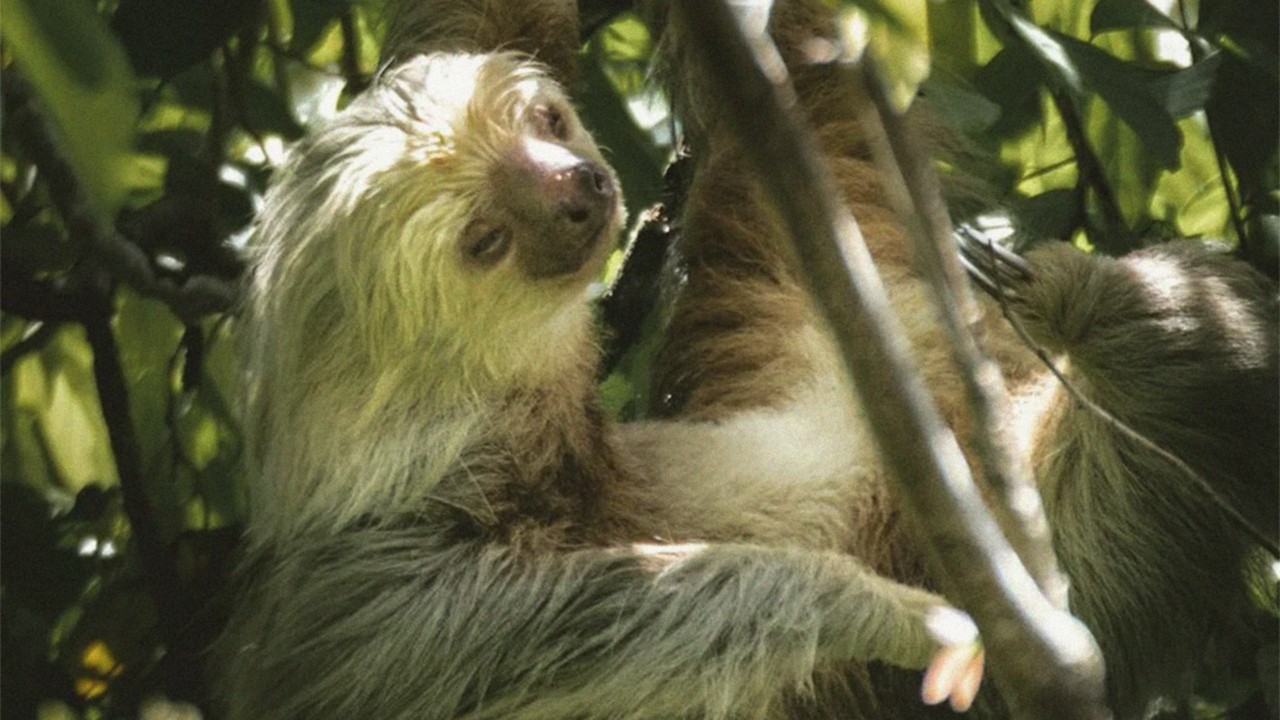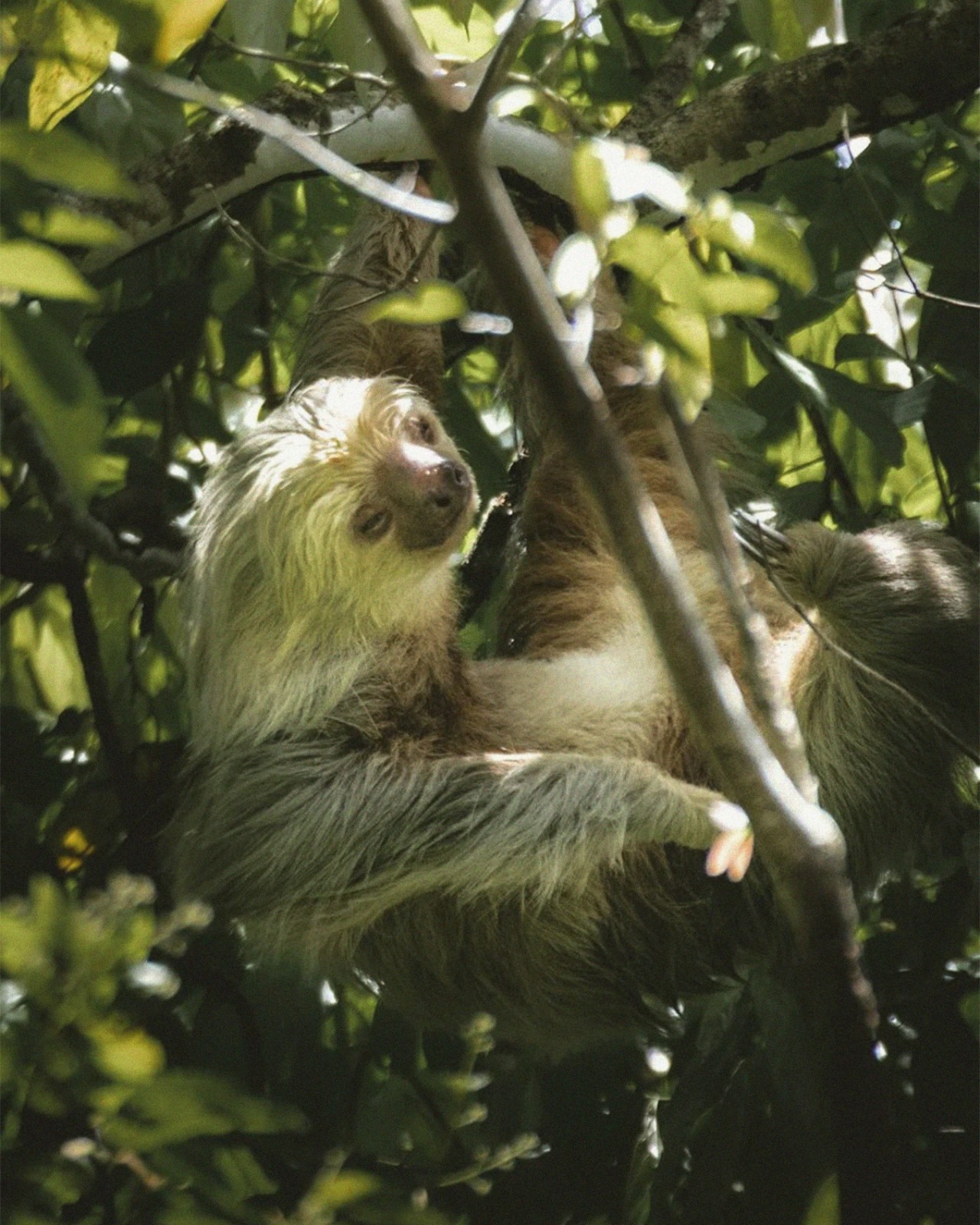

Photograph by Tomáš Malík / Pexels
words by willow defebaugh
“Slowing down is not a function of speed. It is a function of awareness, and I don’t want to make awareness a mental construct. It’s a function of presence.”
Pace perplexes me. As you and I are both well aware, the climate crisis is one that demands urgent action—and yet, I am a firm believer that our fast-paced culture of urgency is part of the problem. Can keeping the same mindset lead to meaningful change? As Bayo Akomolafe told me at our recent gathering, if you are on a train track, whether you are going fast or slowing down, you are still headed toward the same destination. So, how do we change course?
Out of all the animals we share this bountiful Earth with, few feel as at odds with our human pace quite like sloths. In fact, sloths are the slowest moving mammal on the planet. They sleep for 15 to 20 hours per day, and many of their waking hours are spent in stillness. And while this might seem like a poor survival strategy, consider that these creatures have been in existence for at least 65.5 million years—proof that survival is not dependent on speed.
In addition to living at a leisurely pace, sloths are slow processors. Their multi-chambered stomachs and digestive systems take days or weeks to break down the leaves and fruit they ingest, which can account for up to 37% of their body weight. They also have slow metabolisms, meaning the process by which this nourishment is turned into energy happens unhurriedly, too. They take their time taking in the world around them, and converting it into potential action.
One reason that sloths are able to thrive with such a slow lifestyle has to do with where they choose to spend their days: among the trees. These animals spend most of their lives aloft, hanging from branches using their powerful grips to remain suspended. They stay this way while eating, sleeping, and even mating and giving birth. They know the value of finding safe spaces that support their orientation toward slowness—and holding onto them tightly.
Curiously, there is one calling that leads sloths to the forest floor: taking care of their waste. While two-toed sloths remain aloft, their three-toed kin will climb down the trees they call home in order to relieve themselves. But why would they take such a risk, when even a minute on the ground—where they can only pull themselves along with their claws—leaves them vulnerable to attack? The answer, it turns out, lies in a complex cultivation of symbiosis.
The pyralid moth’s entire life cycle is dependent on sloths. Pregnant females lay eggs in the sloth’s deposited dung, which becomes the nest for the larvae. Once fully grown, adult moths seek out sloths and make a home in their shaggy fur, finding a mate there. And moths aren’t the only beings to dwell within their mane; so does algae. Research has found that the more moths reside in a sloth’s fur, the more algae there is, which both supplements their diet and provides them with green-tinted camouflage. Slow as they are, sloths are walking ecosystems.
Slowing down does not have to mean solitude or a sacrifice in our capacity to survive; in fact, our species’ future might just depend on it. Increasingly, I am less interested in asking how quickly we are getting to our destination, and more in asking: where are we going? I don’t want a future that, even sustainably, involves us maintaining a life of fleeting hurriedness. I want one of presence, where we can be fully awake to the world around us—and those we carry with us.
Slow Going